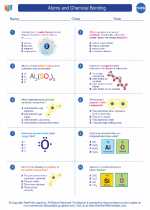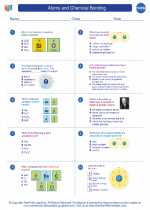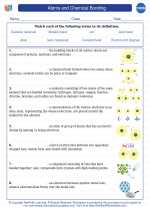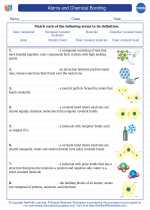Nutrient Cycling
Nutrient cycling is the movement and exchange of organic and inorganic matter back into the production of living organisms. It involves the processes of uptake, assimilation, release, and recycling of nutrients within an ecosystem. This is a crucial aspect of ecosystem functioning, as it ensures that essential nutrients such as carbon, nitrogen, phosphorus, and others are made available to support the growth and development of living organisms.
Key Nutrients Involved in Nutrient Cycling:
- Carbon: Found in organic compounds and is a fundamental element in all living organisms.
- Nitrogen: Essential for the production of proteins, nucleic acids, and other cellular components.
- Phosphorus: Vital for energy transfer in cells and the formation of DNA and RNA.
- Potassium, Calcium, and Magnesium: Important for various physiological processes in plants.
Processes Involved in Nutrient Cycling:
Nutrient cycling involves several key processes:
- Uptake: Nutrients are taken up by plants from the soil or water through their roots.
- Assimilation: Once absorbed, nutrients are incorporated into the plant's tissues and cells.
- Consumption: Herbivores and other organisms consume plants, transferring nutrients up the food chain.
- Decomposition: When plants and animals die, decomposers break down their organic matter, releasing nutrients back into the soil.
- Mineralization: Organic nutrients are converted into inorganic forms by decomposers, making them available for plant uptake.
- Leaching: Nutrients can be lost from the soil through water movement, affecting nutrient availability in the ecosystem.
Importance of Nutrient Cycling:
Nutrient cycling is vital for maintaining the productivity and stability of ecosystems. It ensures that essential nutrients are continuously recycled and made available to support the growth of plants and other organisms. Additionally, nutrient cycling contributes to the regulation of nutrient levels in the environment, preventing the accumulation of excess nutrients that can lead to ecological imbalances.
Human Impact on Nutrient Cycling:
Human activities such as agriculture, deforestation, and industrial pollution can disrupt natural nutrient cycling processes. Excessive use of fertilizers can lead to nutrient imbalances, while deforestation can result in nutrient loss from the soil. Understanding nutrient cycling is important for sustainable land management and conservation efforts.
Study Guide:
To understand nutrient cycling, it's essential to grasp the key concepts and processes involved. Key topics to study include:
- Identifying the essential nutrients involved in nutrient cycling.
- Understanding the processes of uptake, assimilation, release, and recycling of nutrients in ecosystems.
- Exploring the role of decomposers in nutrient cycling.
- Analyzing the impact of human activities on nutrient cycling and the environment.
◂Chemistry Worksheets and Study Guides High School. Atoms and Chemical Bonding

 Worksheet/Answer key
Worksheet/Answer key
 Worksheet/Answer key
Worksheet/Answer key
 Vocabulary/Answer key
Vocabulary/Answer key
 Vocabulary/Answer key
Vocabulary/Answer key
